Scientists have recently discovered an extraordinary fossil. It may not be all that big or impressive to the untrained eye, but it has the opportunity to change what we know about ancient (and modern) life.
This amazing fossilized creature is one of the earliest ancestors of a group of animals known as arthropods. By studying this fossil, expert scientists will better understand the organisms of today.
A Variety of Fossils
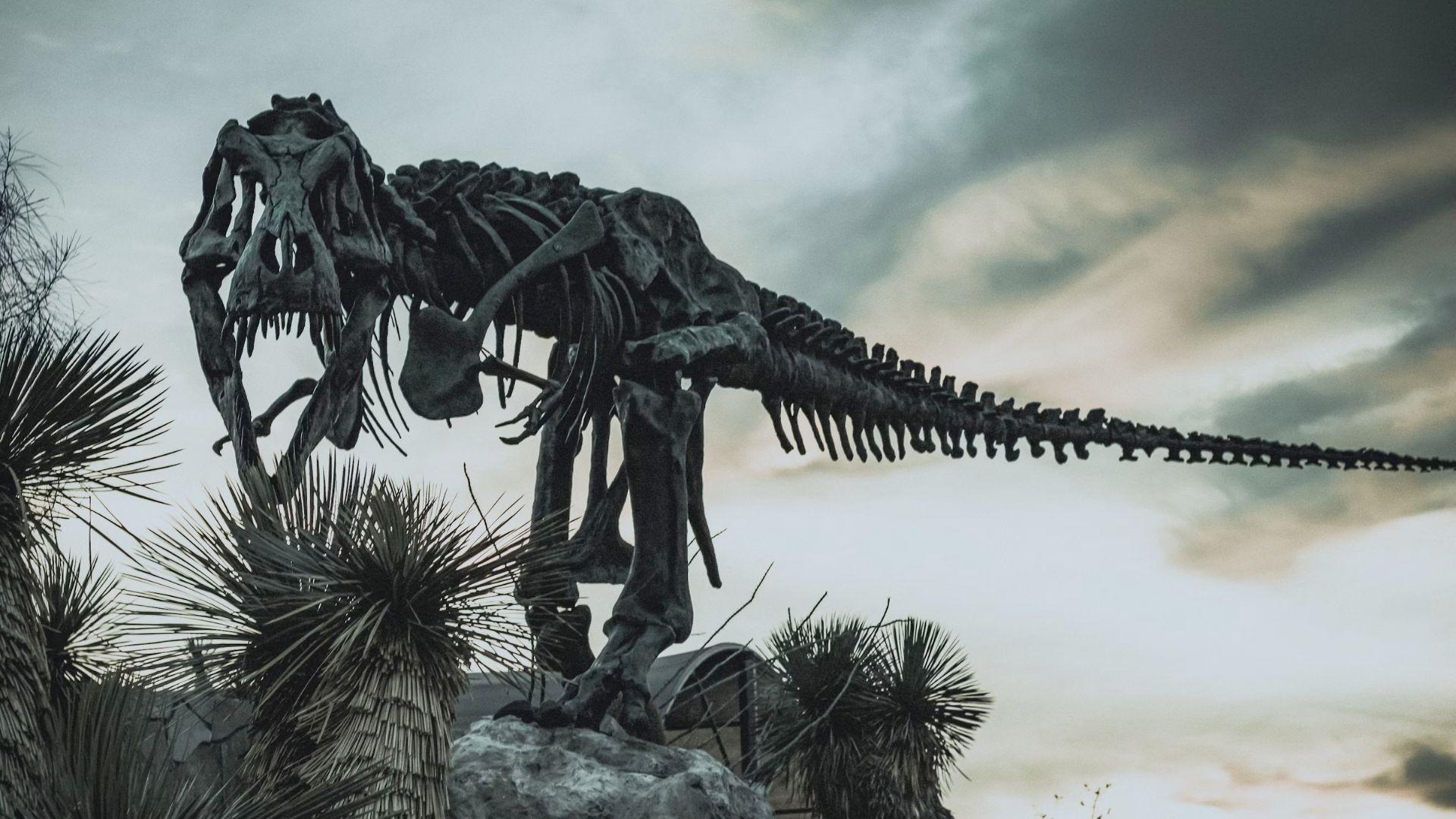
When most think about fossils, they probably think of dinosaurs. Most dinosaur fossils are bones that have been preserved in the ground and turned to stone with time. The luckiest of paleontologists find enough bones to display a complete (or almost complete) set of bones from these ancient beasts.
However, not all fossils are bones-turned-rocks like the typical dinosaur fossil. Some fossils are merely the impressions of small creatures or animals left in rocks. Unless the creature happened to die in a certain exceptional environment that lends itself to preservation, soft tissues break down over time.
Finding a Worm Larva Fossil
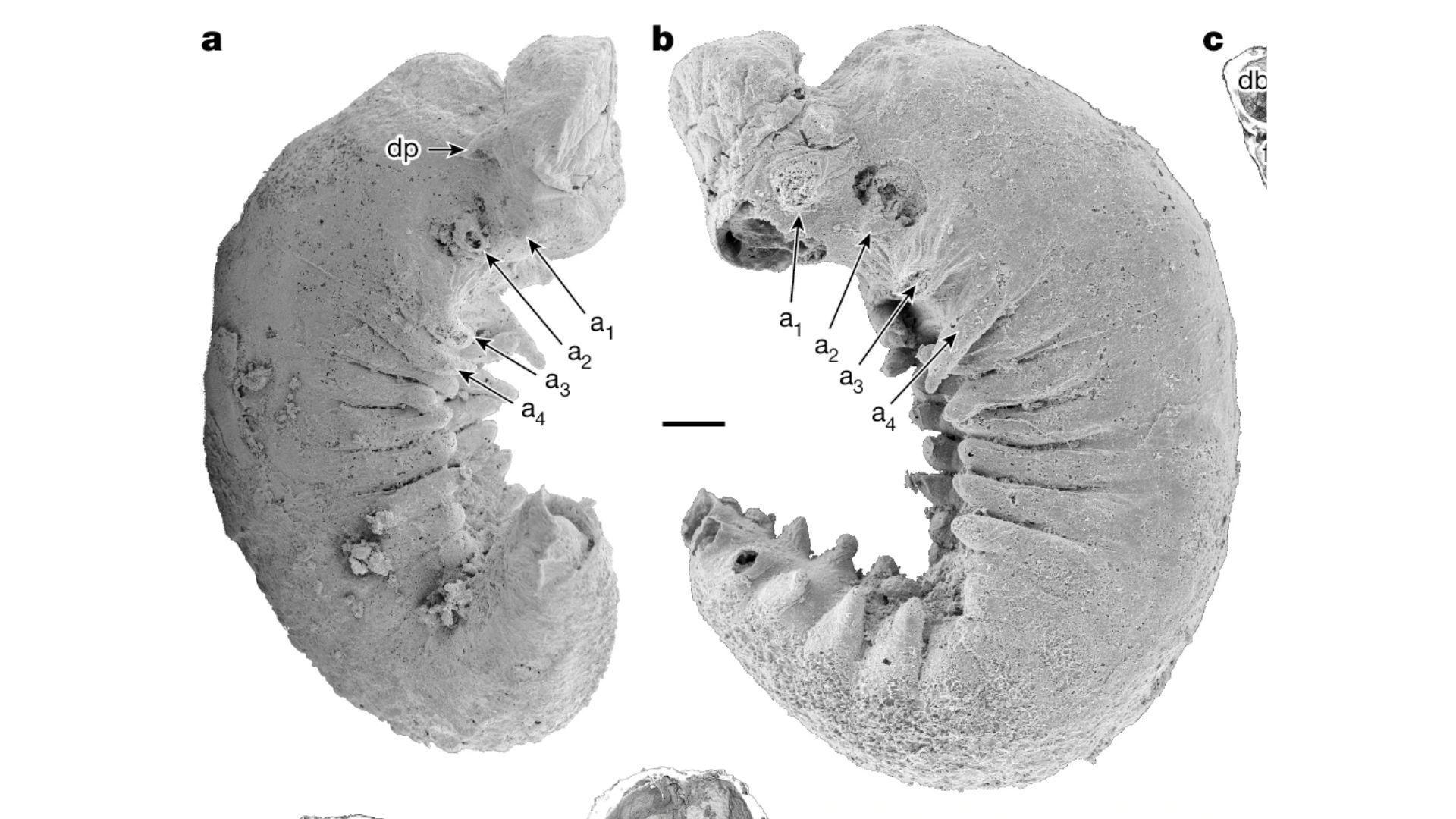
A research team recently got lucky when they discovered a fossil of a 520-million-year-old worm larva. This fossil has its brain and guts intact!
It has been described as an “almost perfect preservation.” Evolutionary biologists are extremely interested in this unique specimen.
An Incredible Amount of Detail
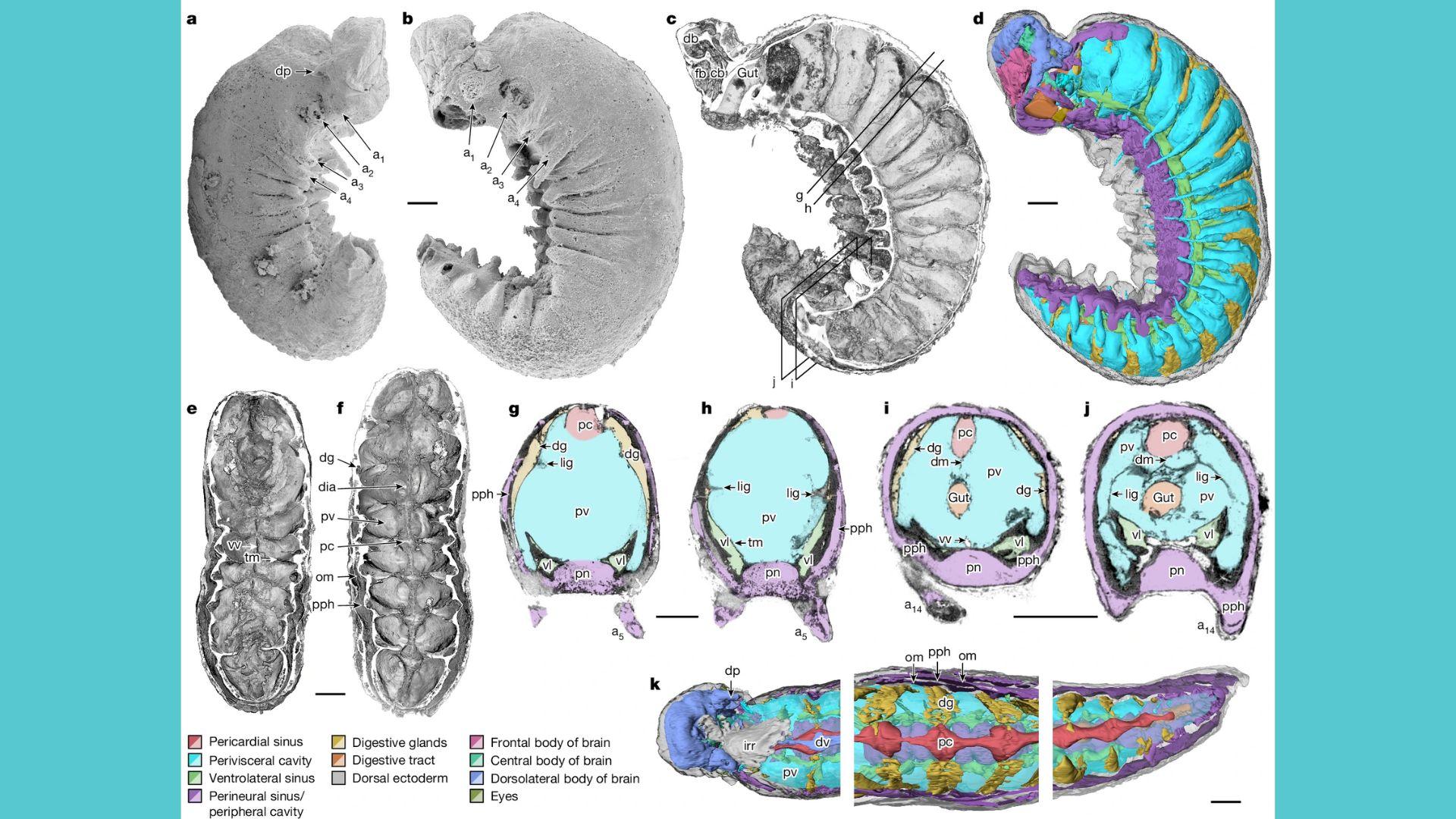
Katherine Dobson—a scientist and one of the co-authors of this new study focused on the remarkable find—explained, “in this incredible tiny larva, natural fossilization has achieved almost perfect preservation.”
According to the detailed study, the remarkable bodily structures observed within the worm creature include a brain, “digestive glands, a primitive circulatory system and even traces of the nerves supplying the larva’s simple legs and eyes.”
Using 3D Image Technology

These exceptional observations would not have been possible without a particular fascinating scientific tool. First, the specimen was scanned using a technique known as synchrotron X-ray tomography.
Then, these scans were made into 3D images and studied by scientists. Dobson remarked, “It’s always interesting to see what’s inside a sample using 3D imaging.”
Complex Creatures
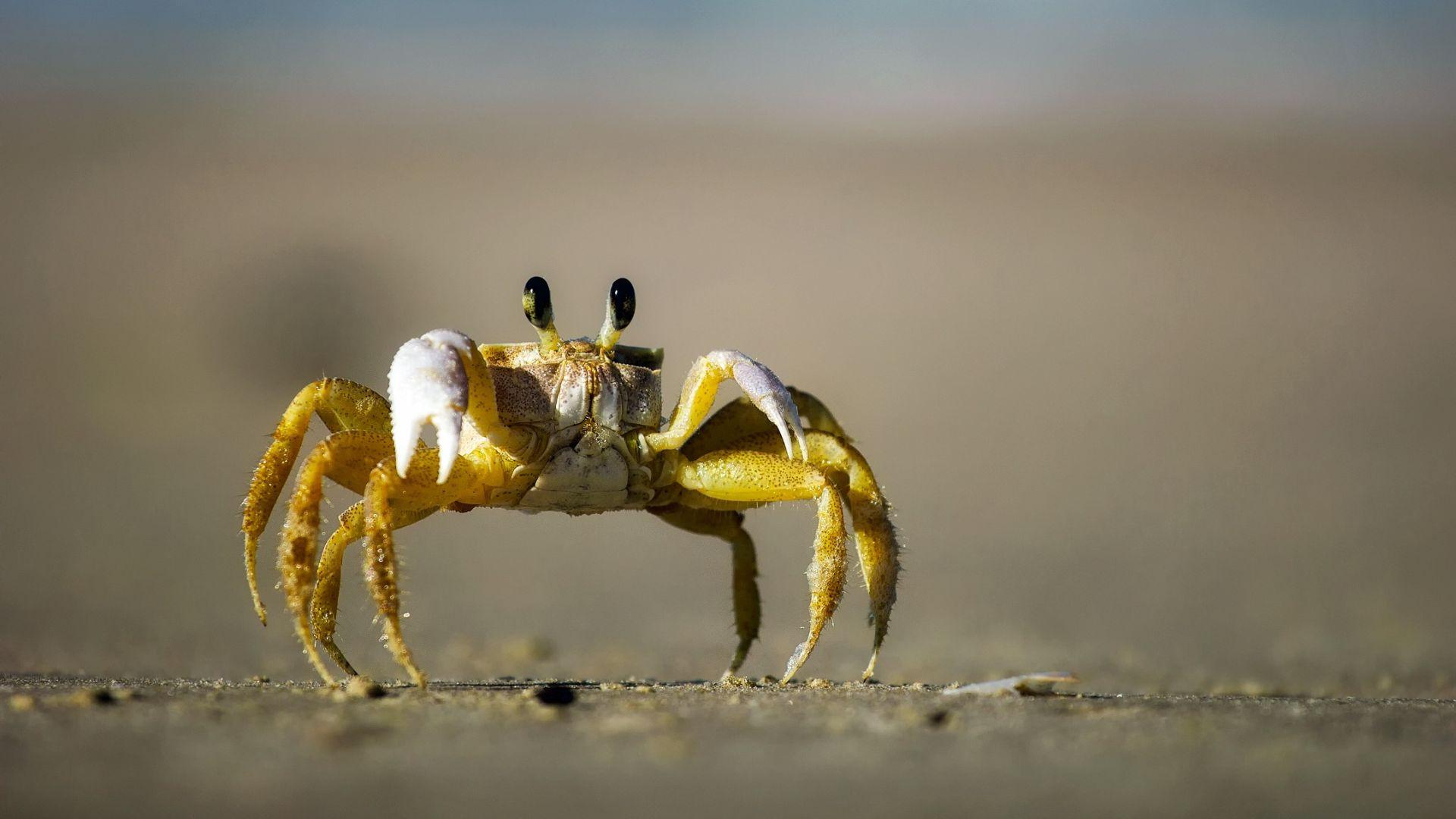
The incredible detail preserved in this ancient fossil revealed new insights to scientists. They discovered that we had previously underestimated the complexity of early arthropods.
Arthropods are a group of creatures which include crabs, lobsters, insects, and millipedes. They first emerged during the Cambrian Explosion, around 530 million years ago. The fossil’s detail has significantly advanced our understanding of these early life forms.
Evolutionary Connections
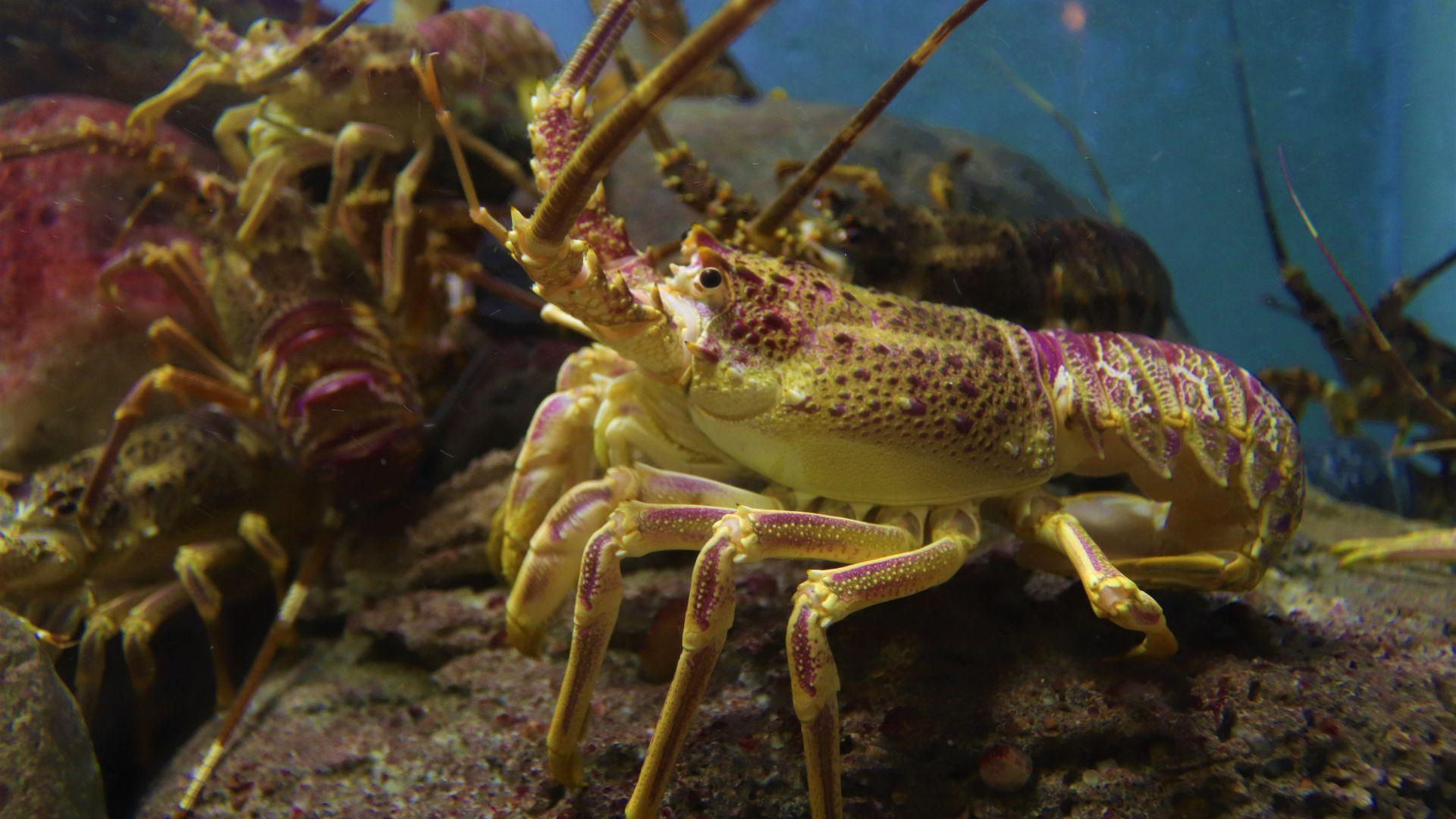
The fossil’s incredible detail has also enabled scientists to trace evolutionary connections between ancient creatures and the arthropods of today. This connection highlights the continuity between past and present species.
For example, when scientists took a close look at the fossil’s brain, they recognized a region of the brain known as the protocerebrum. Because of this discovery within the ancient specimen, scientists now understand that this brain region evolved into the “nub” on modern arthropod heads. This nub allows arthropods to thrive in a wide variety of environments—from the ocean floor to the varying climates of each and every continent.
Fossil-Finding Dreams

Martin Smith, the lead researcher on the study, reflected on this special find. “When I used to daydream about the one fossil I’d most like to discover, I’d always be thinking of an arthropod larva,” he said.
To explain this daydream, he continued, “because developmental data are just so central to understanding their evolution.” This fossil of a worm larva is, indeed, an amazing and incredible scientific find!
An Astonishing Find

Smith thought that this dream was futile… until this astounding discovery. He explained, “larvae are so tiny and fragile, the chances of finding one fossilized are practically zero—or so I thought!”
Upon the discovery, he “already knew that this simple worm-like fossil was something special.” Things only got more exciting the more he explored the specimen further. He said, “when I saw the amazing structures preserved under its skin, my jaw just dropped—how could these intricate features have avoided decay and still be here to see half a billion years later?”
A Look Into the Past
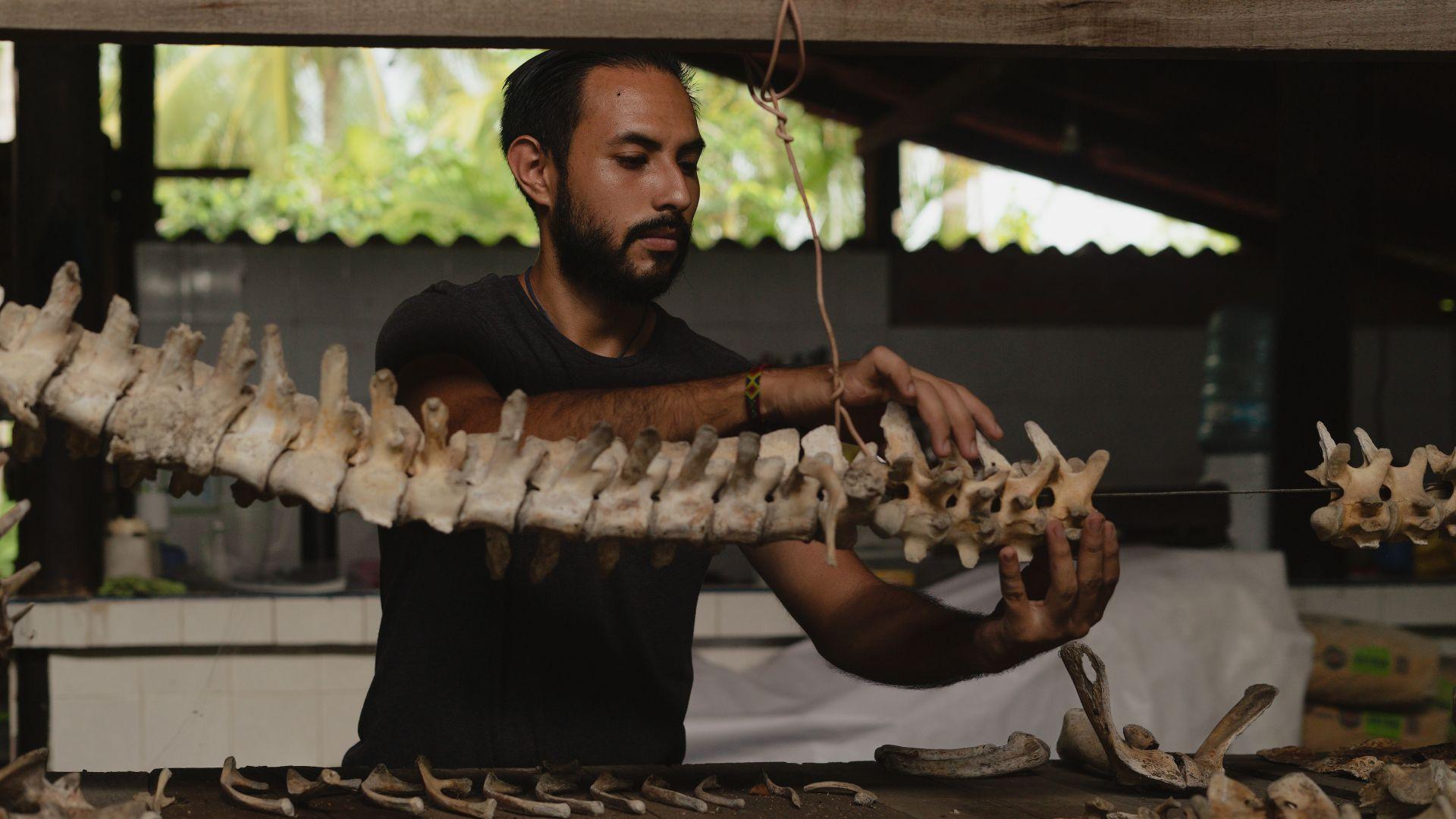
Luckily, all of the creature’s intricate features were preserved in the fossil and Smith’s dream came true. The discovery of this fascinating fossil is absolutely remarkable.
Scientists are ecstatic that this well-preserved fossil gave them an opportunity to not only understand the bodily functions of ancient arthropods, but also to learn more about modern species. By studying the fossil, we get a unique look into the life of the ancient world.

